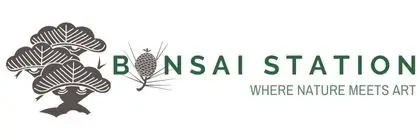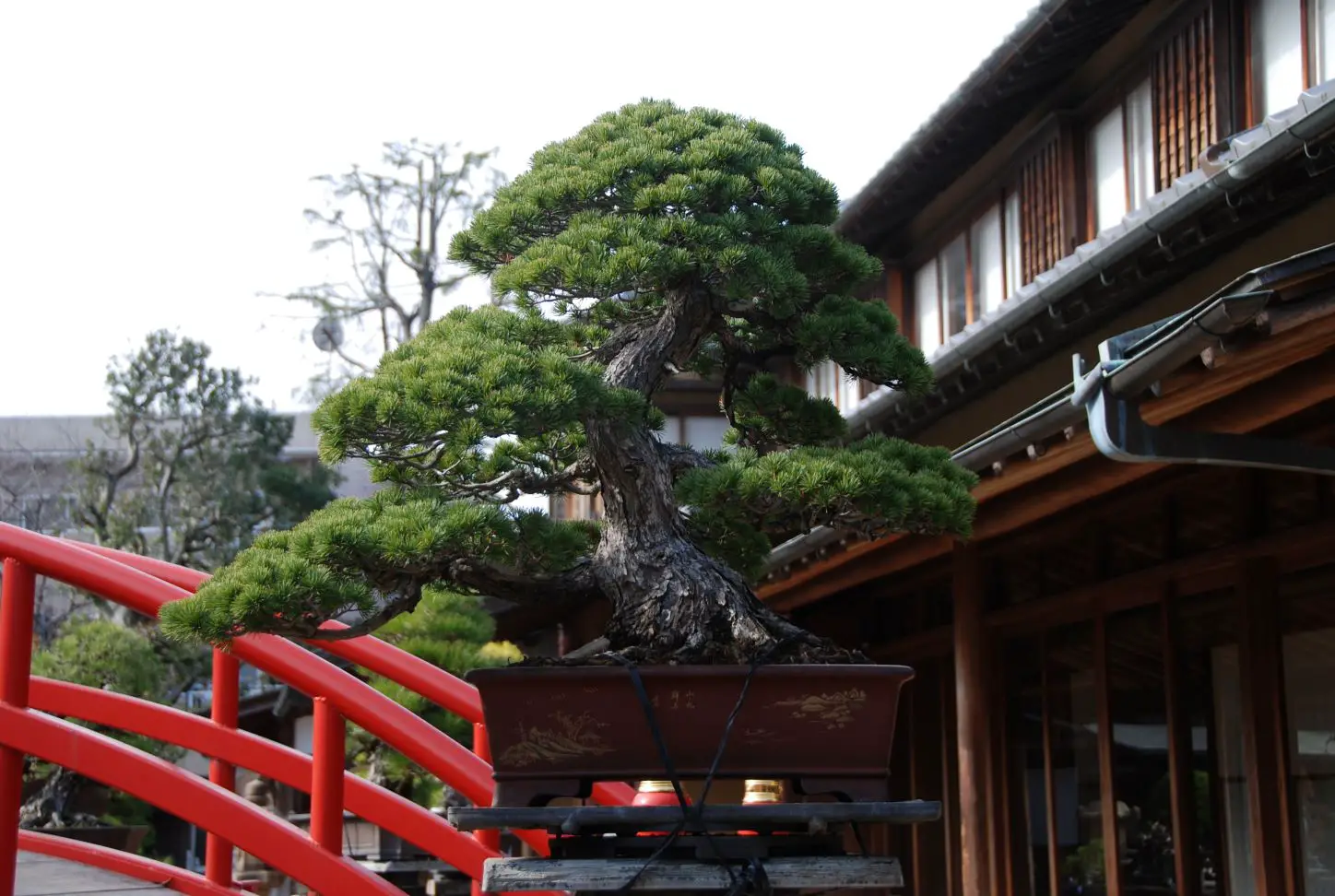For those who are new to the hobby of growing bonsai, one of the first questions that come to mind might be whether it is expensive.
Growing bonsai trees is not an expensive hobby. The price of a bonsai tree varies a lot but you can buy one for $20. The tools you need to start will cost you less than $50 and the cost of maintaining a bonsai tree is less than $100 a year.
Introduction to bonsai
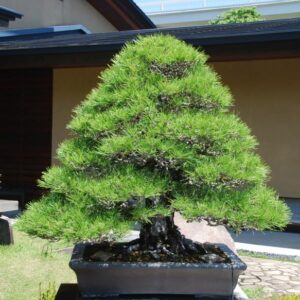
Bonsai is the Art of Miniature Landscape: a natural landscape created with plants in a bonsai pot. The practice has gained popularity around the world and can be enjoyed by people of all ages and backgrounds.
Bonsai is not simply a plant planted in a pot but a method of creating a natural landscape in a pot by combining plants with soil and pots. Its most distinctive feature is its miniature size.
Bonsai trees are grown in small pots and trained to maintain a small size through a combination of specialized bonsai techniques such as pruning, wiring, and selective root pruning. They are not genetically dwarfed. We are making a normal size tree into a bonsai tree using bonsai techniques.
The following is a post that you might want to read to know more about growing a bonsai tree.
We clearly need some knowledge associated with growing bonsai but what about money? Is it expensive to grow bonsai trees? In the next section, I will explore the costs associated with getting started with bonsai and the ongoing expenses of maintaining a bonsai tree.
Cost of growing bonsai
Cost to get started
Bonsai tree
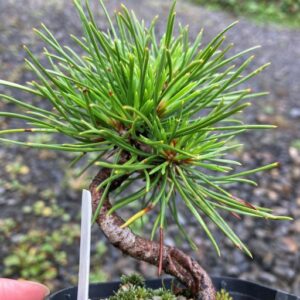
The first step in starting bonsai is to purchase a tree. This can be done through a local nursery, a bonsai specialty store, or online. The cost of a bonsai tree varies depending on the species, size, and age of the tree.
A beginner-level bonsai tree, such as a juniper or a cypress, can cost around $20 to $50. Japanese maple is more expensive, which can be close to $100.
If you have a bonsai shop near you, you would definitely want to check out there. A local shop has trees that can live soundly under your climate and they might be able to help you with choosing your first bonsai tree.
Check out “Eastern Leaf” if you want to buy one online (link to its online shop here). They have a wide variety of bonsai trees, both for beginner and advanced growers, from which you can choose one that you want to grow.
Tools you need
In addition to the cost of the tree, there are also other expenses to consider when getting started with bonsai.
Tools
Tools to start bonsai will cost you sum total of less than $50. Here is a list of essential tools to start bonsai.
- Pruning shears
- Tweezers (to remove unwanted sprouts/weeds)
Pruning shears
Bonsai scissors are different from ordinary garden pruners. They are made especially for the purpose of pruning tiny leaves in the dense foliage and cutting off lumps on the branches/trunks cleanly. Bypass gardening pruners cannot be all-purpose pruning tools for bonsai use and you need at least one pair of bonsai scissors to take care of your bonsai trees.
You do not need very expensive ones to start but it would cost you about $40 to $50.
Wazakura Ashinaga Bonsai Scissors
(link to Amazon)
For more information about bonsai scissors, the following post might be helpful.
Cost of maintenance
In addition to the initial costs of purchasing a bonsai tree and the necessary equipment, there are also ongoing expenses associated with maintaining a bonsai tree. In total, the cost of maintaining a bonsai tree is less than $100 a year.
Repotting
Bonsai trees need to be repotted every one to five years depending on the species and age of the tree. This process involves removing the tree from its current pot, trimming the roots, and placing it in a (new) pot with fresh soil. The cost of repotting is about $50 or more.
To repot a bonsai tree you need;
- a new pot
- new bonsai soil mix
- a pot bottom net
- wooden chopsticks (to loosen roots when repotting)
- bonsai scissors
- string/wire (to attach the tree to the pot)
- Wire cutters (optional)
- Soil sieve (optional if you buy ready-to-use bonsai soil mix)
- Soil scoops (optional)
Bonsai pot
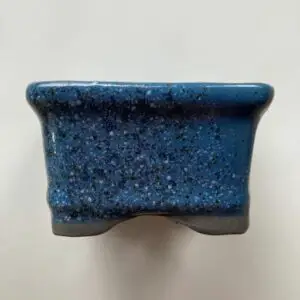
Porcelain bonsai pot
Bonsai pots come in a variety of sizes and styles and can range in price from $20 to $100, or much more if you want a good one. That said, a bonsai tree does not need a special pot as long as the container, which allows aeration and water retention for roots, is shallow and small, having two or more drainage holes.
You can always reuse the current pot you are using, so buying a new pot is not a must when repotting.
For more about bonsai pot, please check the following post.
Bonsai soil

Akadama
Bonsai trees require a soil mix specially made for bonsai which can cost $15 for 2 quarts or more. Good bonsai soil has to have good water retention, good drainage, good aeration, adequate soil pH (slightly acidic), and be low in nutrients.
If you are interested in making your own bonsai soil mix, the following post might be helpful.
Fertilizer
Bonsai trees require regular fertilization to promote healthy growth. You can use an ordinary fertilizer that is for a specific type of bonsai tree. This costs around $10 to $15.
Pruning and shaping
Bonsai trees require regular pruning and shaping to maintain their size and shape. For this, you need bonsai scissors, wires, and a wire cutter. You already have bonsai scissors when you started. If you are thinking about growing your bonsai more “naturally”, i.e. just pruning without wiring, you do not need wires and a wire cutter.
So, this will cost you nothing to about $30.
Pests and diseases
If your bonsai tree is infested with pests or diseases, you need pesticides and insecticides which costs around $10 to $15.
Tips for budget-friendly bonsai growing
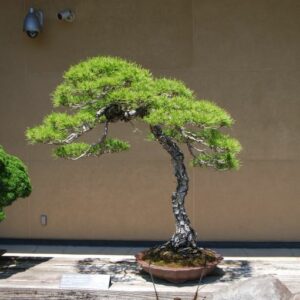
Here are a few tips for keeping the costs associated with bonsai tree care and maintenance to a minimum.
Start with a cheaper tree
It is true that some bonsai trees are very expensive. But you do not need a perfectly-shaped fully-grown bonsai tree to start. It might be hard to maintain the shape and health of the tree before you gain enough knowledge about growing bonsai trees.
It may be good for you and your bonsai tree and more cost-effective to start with a cheaper tree, such as a juniper or a ficus, rather than a more expensive species.
Use household items as tools
You do not have to purchase expensive bonsai tools to get started. Many household items can be used as bonsai tools such as tweezers, chopsticks, and wire cutters.
Join a bonsai club
Joining a bonsai club can be a great way to learn more about growing bonsai and also to network with other bonsai enthusiasts. Many clubs offer workshops, lectures, and other resources that can help you with cost-friendly bonsai growing and learn more about bonsai care and maintenance.
